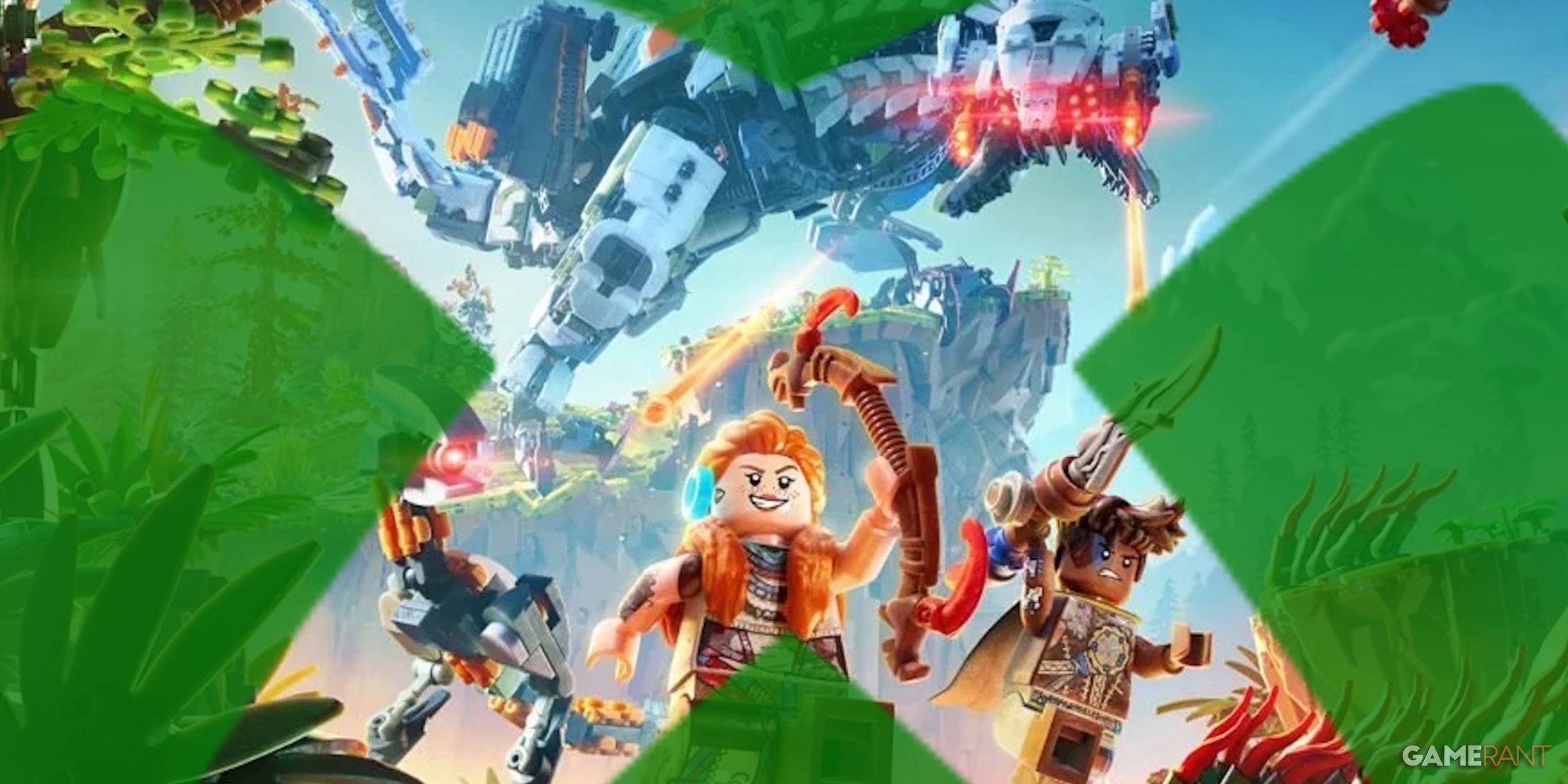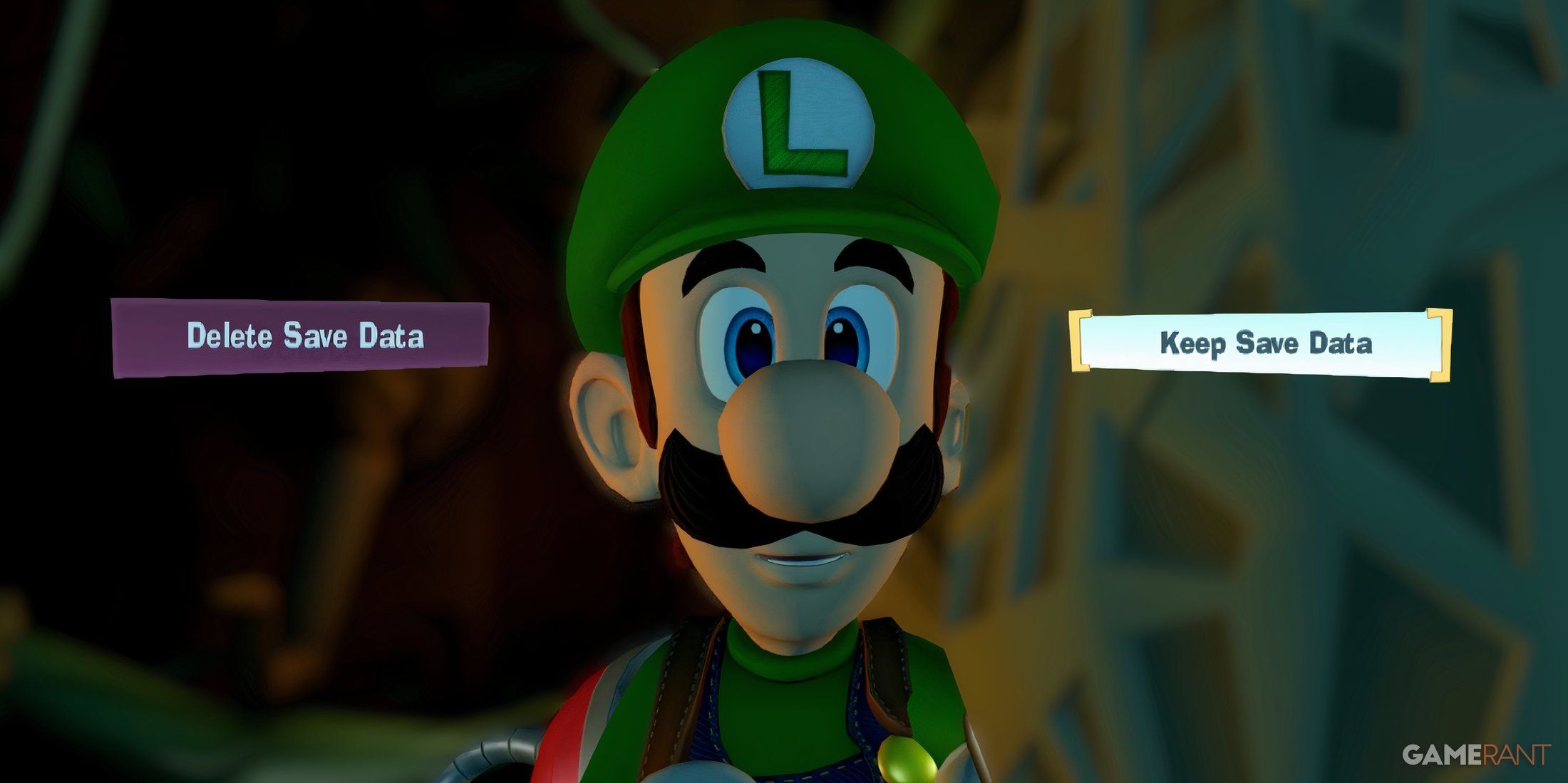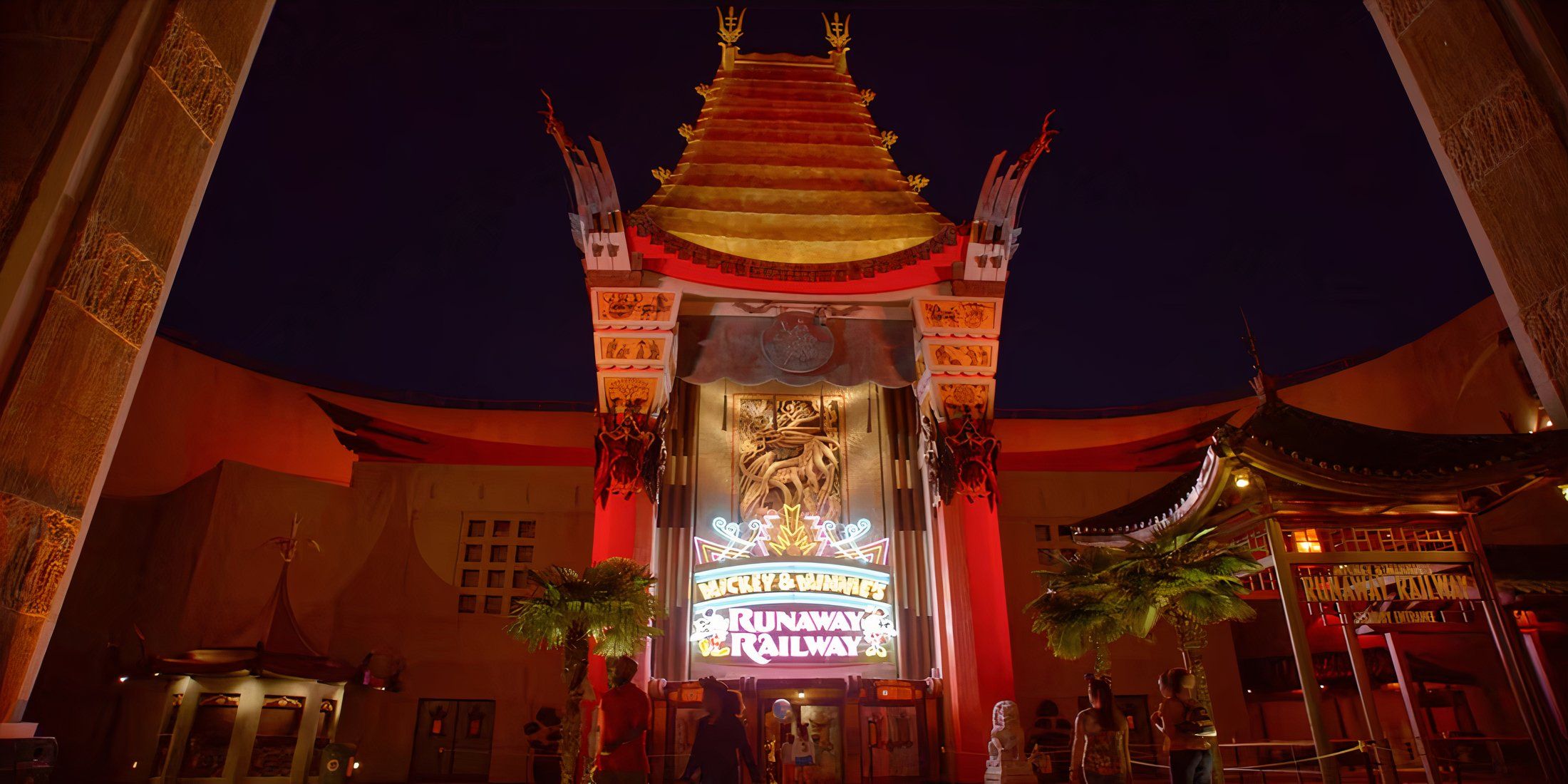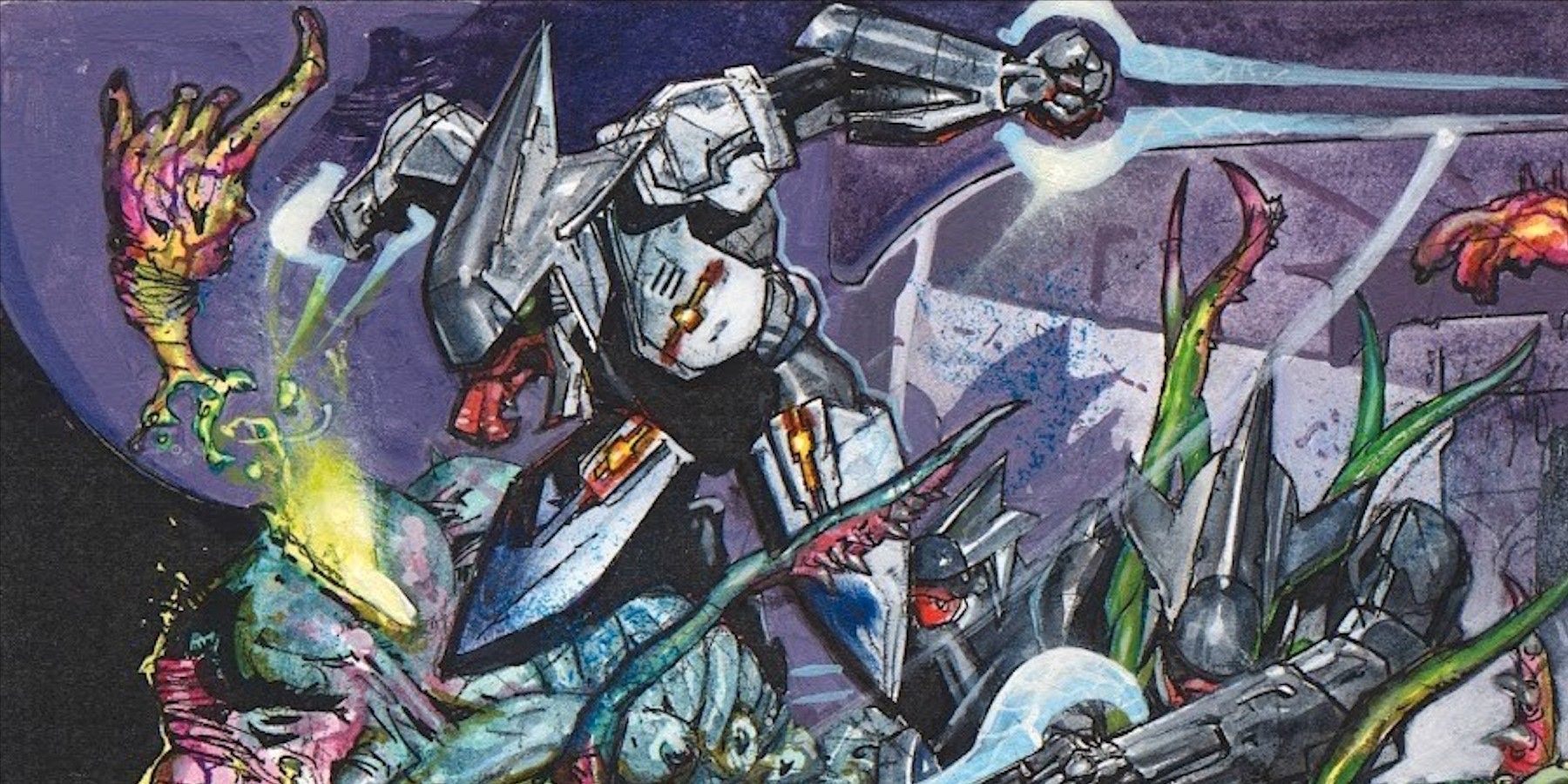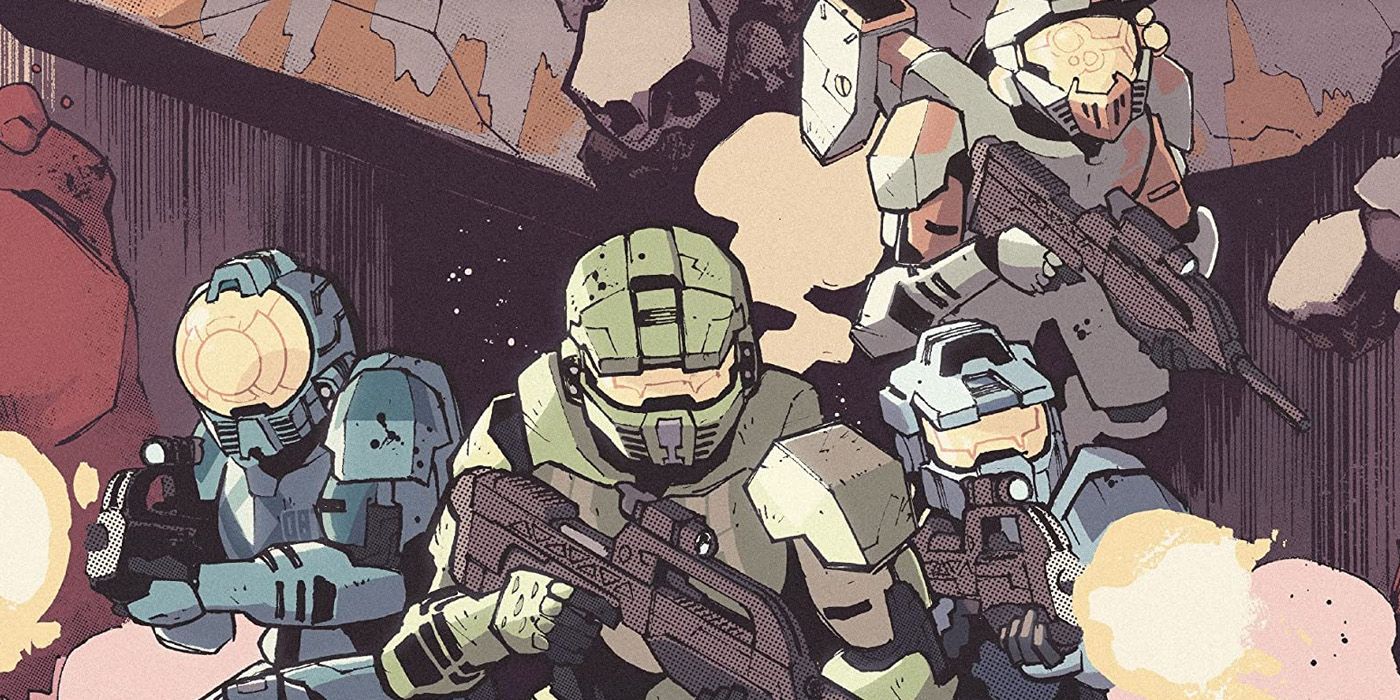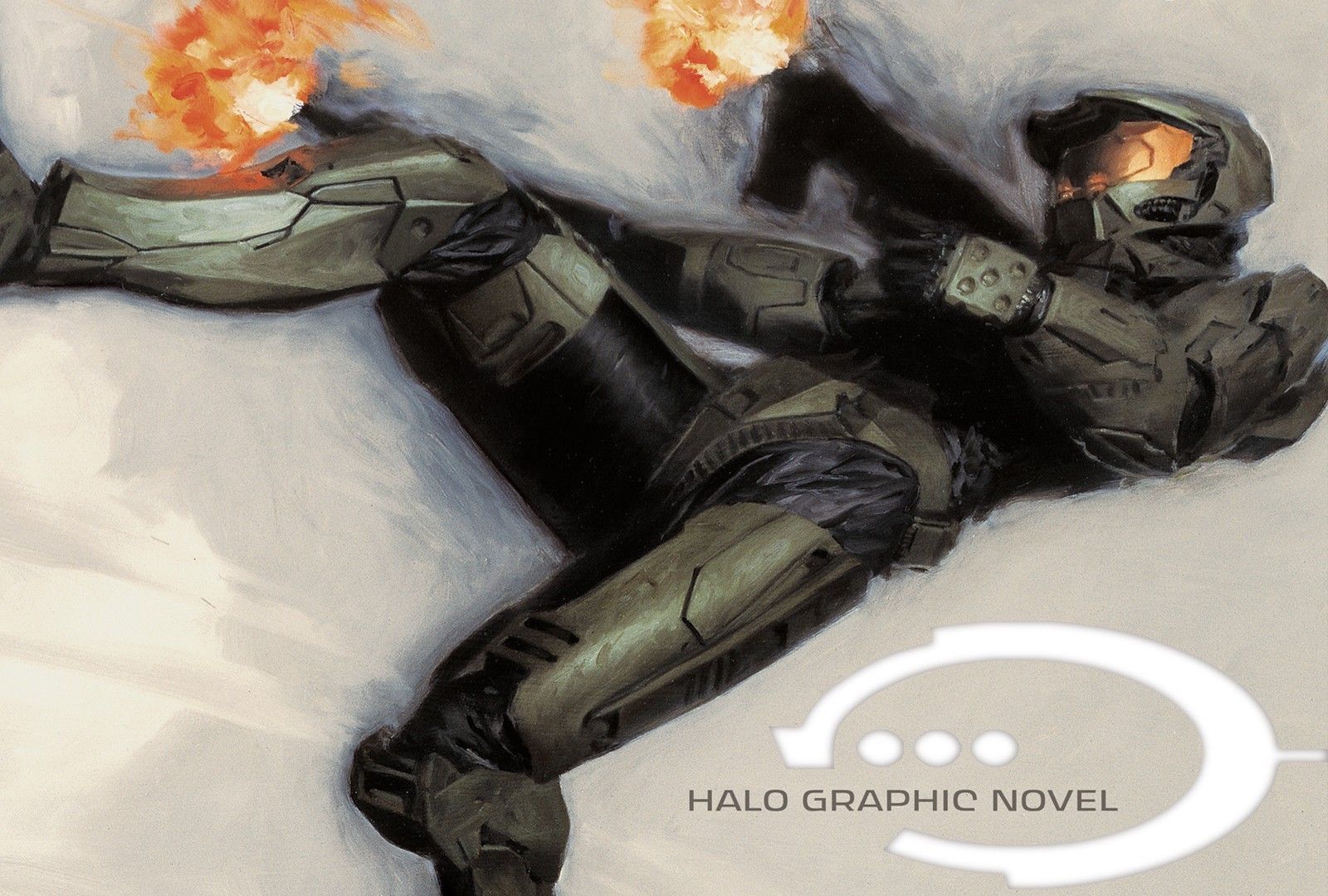Halo has always been a flagship Xbox property, with the original entry widely regarded to be one of the main reasons behind the original Xbox's success. It only makes financial sense, then, that Microsoft would want to capitalize on the Halo brand as much as possible while it's still in the popular zeitgeist. Nowadays, Halo can be seen everywhere, with a range of comics and books, a line of Mega Construx sets, and even some Nerf guns all touting the Halo brand. But this wasn't always the case.
Before the release of Halo 2 in 2004, the franchise hadn't really received many external adaptations, aside from a series of books set in the universe. This also meant that much of the Halo universe was left unexplored, as the games could show so much of the expansive setting. After the release of Halo 2, Bungie set about producing a graphic novel, designed specifically to flesh out the Halo universe.
A Unique Way To Develop a Comic
The development history of the Halo Graphic Novel isn't as straightforward as one might expect. The graphic novel started life as a simple pitch to Microsoft, who took it upon itself to create a draft, and presented it back to Bungie. Upon receiving Microsoft's draft, Bungie expressed its disappointment, and tried to get Microsoft to hire industry veterans like Joe Kubert and Alan Moore.
After plenty of back-and-forth, Bungie decided to just take it upon itself to produce the graphic novel, using its own funds to hire artists and writers that it knew it could trust. With its own team onboard, including some pretty notable industry talent, Bungie was able to better oversee the project, and ensure that it met the high standards that the developer was known for.
The Halo Graphic Novel took two years to complete, and was eventually published by Marvel, who apparently showed an immediate interest in the project. The Halo Graphic Novel was released in July 2006, and was met with a solid amount of critical praise.
An Anthology of Four Halo Stories
The Halo Graphic Novel is divided into four short stories, each one focusing on a different set of characters and events within the Halo universe. The first story, "The Last Voyage of the Infinite Succor," follows one of the series' more underrated character, Rtas 'Vadum (the Shipmaster), as he is sent to investigate a Covenant ship's distress beacon. Upon entering the agricultural ship, 'Vadum quickly realizes that it has been taken over by the Flood.
It is revealed that the Flood are attempting to use the ship to spread their parasite across the galaxy. To stop this from happening, 'Vadum fights his way through the ship, eventually reaching the bridge, and setting course for a nearby sun. Just before the ship reaches the sun and disintegrates, 'Vadum flees on a Covenant escape ship, but not before losing one of his mandibles in the fight.
The next story, titled "Armor Testing," takes place just before Halo 2, and sees a Spartan by the name of Maria-062 test out the new Mark VI Mjolnir armor that the Master Chief then wears in-game. After she tests the armor, she returns to her retirement, choosing to forego the ongoing fight with the Covenant.
Short story number three, "Breaking Quarantine," uses a manga-inspired art style to depict the Sgt. Johnson's escape of the Flood on Alpha Halo. The fairly short 14-page arc sees Johnson blasting his way through the infected forms of his former teammates.
The final story in the Halo Graphic Novel, "The Second Sunrise Over New Mombasa," shows the events just prior to the Master Chief arriving in the city in Halo 2. Told from the perspective of a UNSC reporter, the story shows the public attempting to resist the Covenant forces, before finally having to retreat from the city.

